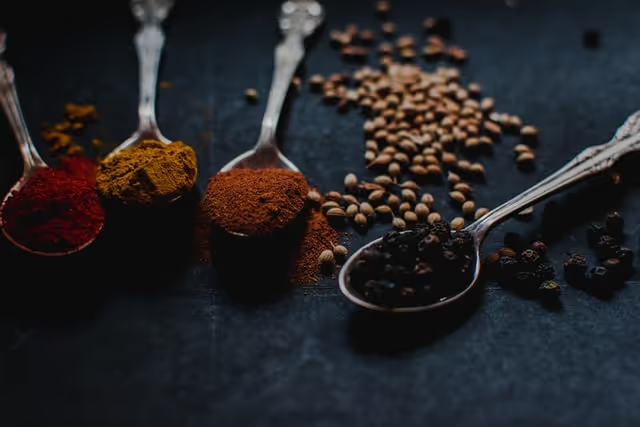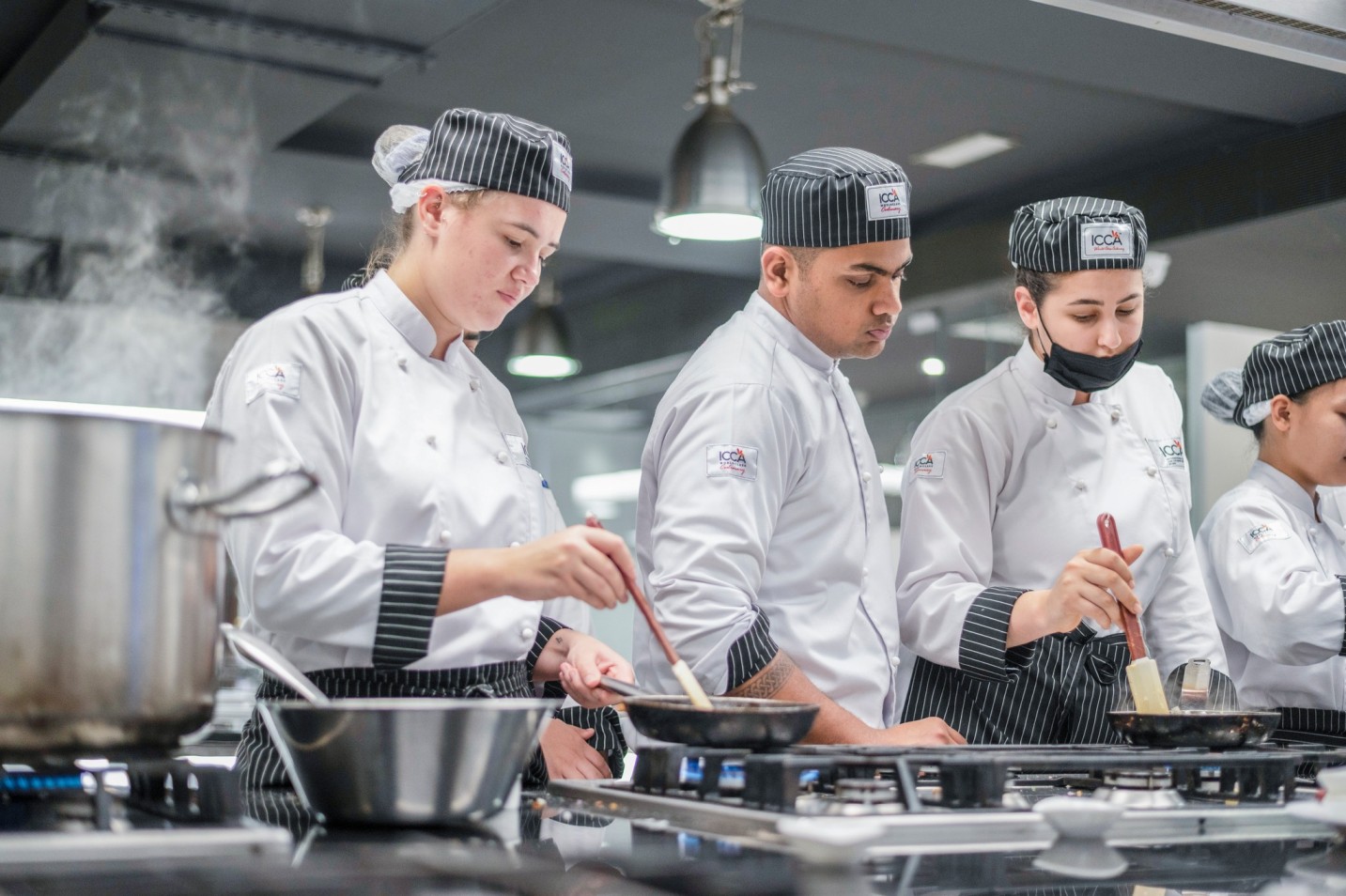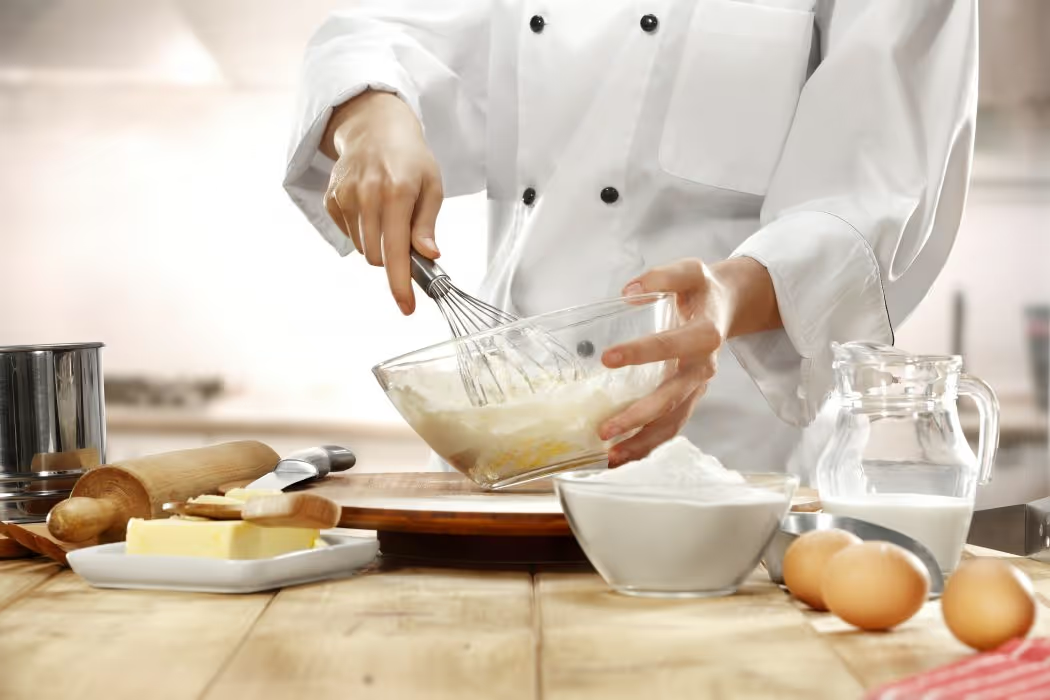Indians, in reality, do not really eat hot, chilly hot foods, unlike the usual impression. They actually eat food flavoured with spices, and spices are not chilly hot…
“Indians do not really eat hot, hot foods. People have that wrong impression. They eat food flavored with spices, but then the spices are not actually hot…”
An Indian kitchen will not be the most comfortable of places to be in, if you carry a sensitive nose & palate, are not adventurous about trying out new flavors, sensing different aromas and tasting new flavors. The aroma of spices (their proportion & blend) is actually heavenly for many, while very sensitive for some. Thus making appreciation something very relative so to say, however with the advent of globalization, more acceptance & appreciation of diverse international cuisines the world over today, the Indian Cuisine has carved a distinct niche of its own.

Historically India has been the focal point and cornerstone of the spice trade that from time immemorial was developed between civilizations in Asia, Middle East, Northeast Africa, and Europe. The colonial rule in India that started with the Portuguese coming to Malabar (part of the modern-day Kerala State) to trade in Pepper the “black gold”- a name attained when the ancient Romans traded Pepper for Gold for their medicinal and curative properties.
Apart from the good old Black Pepper, Turmeric (cure for arthritis, stomach pain, skin inflammation etc.), Cardamom (cancer-fighting properties), Cloves (toothaches), Cinnamon (diabetes) are just a few of the very popular spices that were highly valued for their medicinal values.
Saffron, Star anise, Cumin, and their closest cousins Caraway, Carom seeds, Fennel etc. although may not have their origin in India, but are widely used in the very flavorsome and also therapeutic Indian cooking.

The Golden Rule in any Cuisine is to introduce and use spices & condiments in their right proportions and appropriately. Any Soul Food could be transformed into a Hot, Spicy, and Heart burning experience if wrongly used, and it is the same that applies to Indian cuisine as well.








